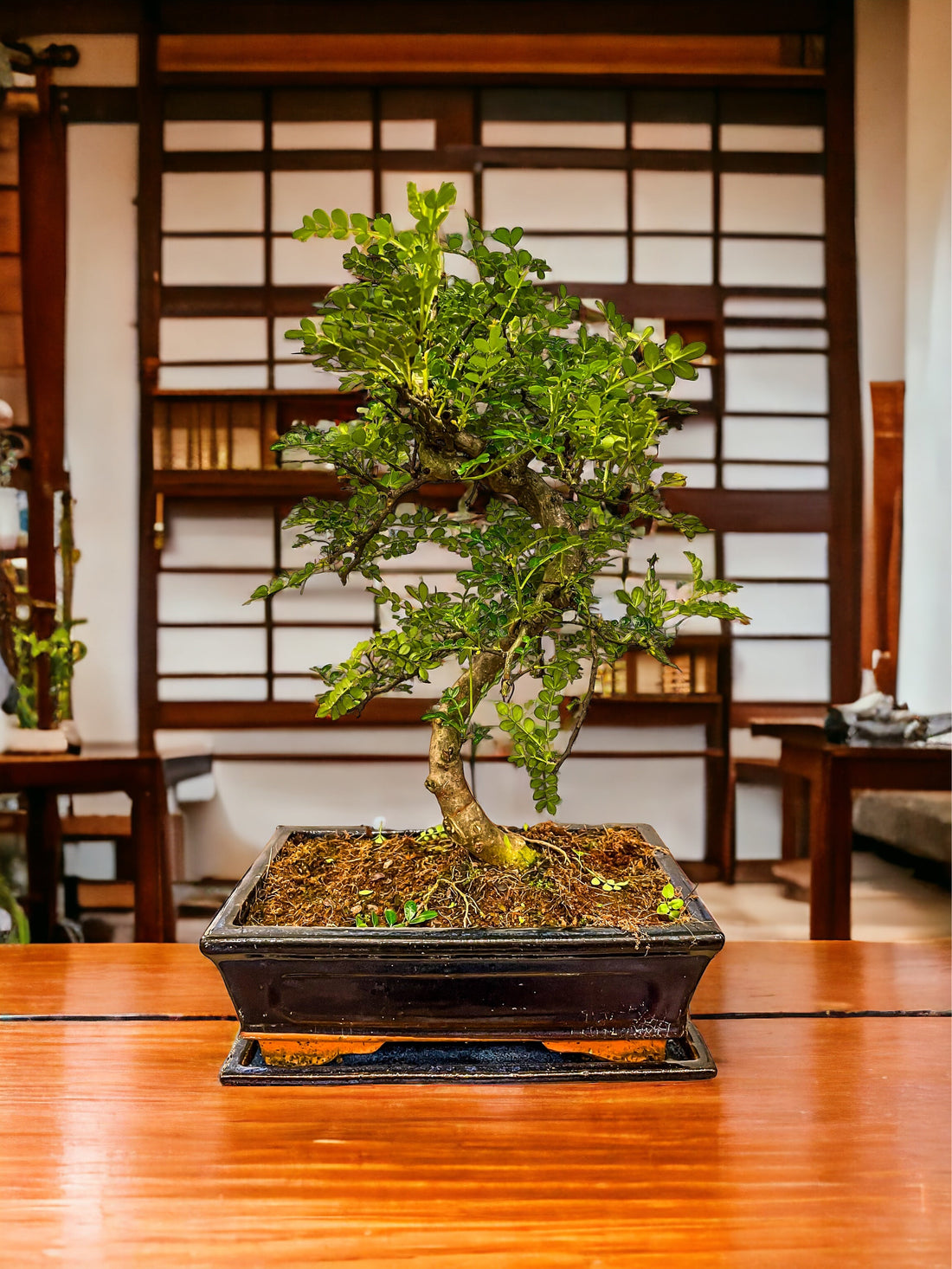Bonsai trees are absolutely stunning, living art forms that can mesmerize anyone with their charm. They're a symbol of patience, dedication, and devotion, but they're also quite tricky to care for. One of the most important aspects of bonsai care is placement, and it's often the make-or-break factor when it comes to their health. Indoor or outdoor, different bonsai trees require different types of placement, and it's important that you know what's best for your beloved bonsai. In this blog post, we're discussing the ideal location for your bonsai trees, both indoor and outdoor.
Proper placement is crucial for the health and longevity of your bonsai tree. Indoor bonsai thrive when positioned near a south-facing window to receive ample sunlight, as insufficient light can hinder growth and vitality. Maintaining adequate humidity levels is also essential; placing your bonsai on a humidity tray can help achieve this. For outdoor bonsai, selecting a bright spot with plenty of light is ideal, though providing afternoon shade during particularly hot summers can prevent leaf scorch. Understanding the specific needs of your bonsai species and adjusting its placement accordingly ensures optimal growth and enhances the aesthetic appeal of your miniature tree.
Here are some tips for bonsai placement:
1. Indoor Bonsai Placement
If you have an indoor bonsai tree, the first and foremost aspect that you need to consider is its placement near a window.
Bonsai trees are mostly tropical in nature and require a lot of sunlight and fresh air to thrive. So, keeping them near a window with abundant sunlight exposure is crucial. If you're unaware of how that works, observe the direction of the natural light, which varies from window to window.

2. Outdoor Bonsai Placement
The ideal place to keep an outdoor bonsai tree is in an area that receives ample sunlight and less wind. Bonsai trees are sensitive to extreme environmental conditions, such as frost, hailstorms, hurricanes, and excessive heat. Therefore, it is best to provide them shelter from the sun during the hottest parts of the day. Depending on the type of bonsai tree, you can also place them in the shade if they don't require direct sunlight. You can also make sure the soil is well-drained to avoid waterlogging situations that can damage your plant.

3. Seasonal Placement
Certain aspects such as seasons, climate change, and temperature are also other factors that affect the placement choices of your bonsai.
For indoor bonsai, for instance, during summer, your bonsai trees need more hydration, so you will need to make sure the soil is moist. Placing it near a south facing window with direct sunshine for the entire day will likely make your bonsai dry out in a faster rate. Therefore using a sheer curtain or placing the bonsai slightly away from the south facing window would be ideal.
In winter, they need additional protection from freezing temperatures. At the same time, you need to make sure to place your bonsai in the brightest window at home. Therefore, it’s important to know the tree's species when it comes to seasonal placement.
The Benefits of Good Placement
Once you've nailed the right placement for your indoor or outdoor bonsai trees, your plants will reward you with healthy foliage and beautiful aesthetics. Proper placement can promote healthy breathing and maintain the right level of humid air, which also helps fight issues such as fungal infections and insect infestations. Good placement is an essential part of the long-term growth and maintenance of bonsai trees, so it’s worth investing the time and effort necessary to get it right.
So, there you have it – the proper placement for your bonsai tree is critical for its overall health and growth. Be mindful of where you place your indoor and outdoor bonsai trees, and make sure they’re getting the correct amount of sunlight, fresh air, and water. You'll not only help your plant look more vibrant and stunning, but you'll also be ensuring its long-term health. Remember, a healthy bonsai tree is a happy bonsai tree, so choose the right placement and be proud of your living, breathing work of art.
